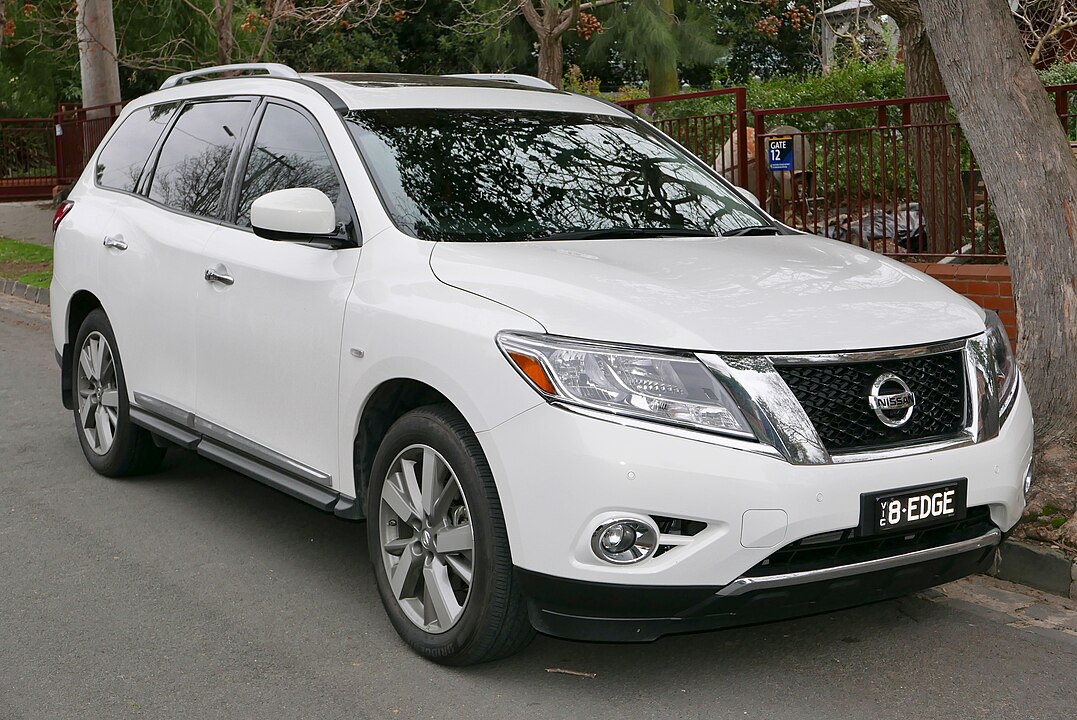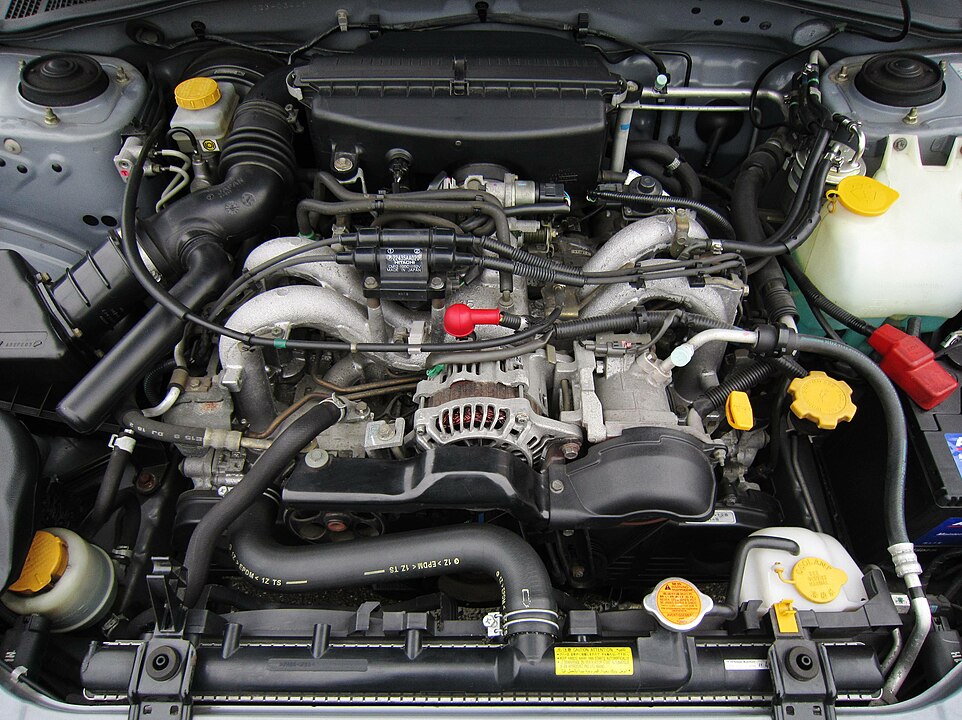Japanese brands are usually safe picks, but certain models and years carry well-documented problems that can wreck a student budget. The five choices below are based on official bulletins, recalls, settlement notices, and large-scale reliability reporting.
Each section explains the issue, what the manufacturer did, and how to protect yourself before you buy. A typical U.S. used-price line is included for quick context.
1) 2013–2014 Nissan Pathfinder

Owners of these years report a shudder during light acceleration that feels like bumps or vibrations from the transmission. Nissan described this behavior in a technical bulletin for the Pathfinder’s CVT. The symptom often shows up after the vehicle is fully warmed, so a short test drive may not reveal it.
Nissan followed with a voluntary service campaign that reprogrammed the transmission control module and, in some cases, called for inspection or replacement of CVT components. Campaign paperwork and dealer invoices are important when evaluating any used example.
If you are still considering one, insist on documentation showing campaign completion and any later transmission repairs. Take a long mixed-speed drive from cold to hot. Typical U.S. used price for a 2013–2014 Pathfinder is roughly 5,500 to 7,000 dollars for average-mileage trims.
2) 2014–2016 Nissan Rogue
These model years sit inside a broader wave of CVT complaints that led to a 2022 class-action settlement and warranty extensions for certain Rogues. The practical takeaway is simple. Out-of-warranty transmission work can be a four-figure hit, and some vehicles were covered while others aged out.
Transmission replacements are among the most expensive repairs on a used compact SUV. Owners who ignored early judder or hesitation often faced bigger bills later. That is why buyers should verify settlement eligibility by VIN and check for any prior CVT assembly, valve body, or control unit work in the service history.
If you must buy one, confirm the extended coverage terms and drive it long enough to feel the transmission at steady speeds and low throttle. Typical U.S. used price for a 2014–2016 Rogue is about 5,800 to 7,500 dollars depending on trim and mileage.
3) 2017–2018 Honda CR-V 1.5-liter Turbo
In cold climates and with repeated short trips, fuel could mix with engine oil in CR-Vs with the 1.5-liter turbo engine. Honda publicly acknowledged the condition, issued software updates, and extended warranty coverage for affected CR-V and Civic vehicles. The goal was to reduce oil dilution and address drivability complaints.
Symptoms included a gasoline smell in the cabin, warning lights, rough running, and, if ignored, risk of accelerated engine wear. Many vehicles were improved with updates, but due diligence still matters because usage and climate play a role.
Look for the product update in the records and confirm that oil-change intervals were followed after the fix. If you do not see paperwork, pick a different example or a different year. Typical U.S. used price for a 2017–2018 CR-V is roughly 15,000 to 20,000 dollars for common trims.
4) 2011–2015 Subaru Forester 2.5-liter (non-turbo)

Subaru documented unusual oil consumption on several early-2010s models, including Forester. A revised service bulletin updated the repair approach to include piston ring work on verified cases, and a later class-action settlement extended warranty and reimbursements for affected owners.
Excessive consumption is easy to miss on a brief test drive but can mean frequent top-offs or costly engine repairs over time. Dealers often performed short-block replacements when a vehicle failed the official oil-consumption test, which is exactly the kind of proof you want to see in a used-car file.
Ask for the seller’s oil-consumption test history and any engine repairs performed under policy. If there is no paper trail, keep shopping. Typical U.S. used price for a 2011–2015 Forester 2.5-liter is about 5,000 to 8,500 dollars depending on year and condition.
5) 2010–2014 Toyota Prius (Gen 3)
Toyota recalled hundreds of thousands of Gen 3 Prius vehicles for a hybrid inverter issue that could cause the system to shut down or enter limp mode. The company filed a defect report with the government and later issued an update to dealers on recall operations.
A recall repair is free, but the age of these cars means many examples have unknown service histories. Some owners and shops also report head gasket failures at higher mileage on this generation, which adds another expensive risk in the wrong car.
Only consider a Gen 3 Prius with printed proof that recall work is complete and the hybrid system checks out. A pre-purchase inspection that includes a hybrid health report is worth the fee. Typical U.S. used price is roughly 6,000 to 10,000 dollars for 2010 models and about 9,000 to 13,000 dollars for 2014 models.
Conclusion
Every model above has plenty of good-running examples on the road, but patterns in bulletins, recalls, and settlements are hard to ignore. If you are shopping on a tight budget, verify campaign and recall work by VIN, drive the car long enough to get it hot, and walk away from vehicles without paperwork. You will save time and thousands of dollars.
Sources
- Nissan Pathfinder CVT judder bulletin NTB13-086 describing shudder during light acceleration on 2013–2014 Pathfinder.
- Nissan voluntary service campaign PC500 for 2013–2014 Pathfinder CVT control module reprogramming and related inspections.
- 2022 class-action settlement materials regarding CVT warranty extensions for 2014–2018 Rogue and related models.
- Subaru piston ring bulletin 02-157-14R and related oil-consumption settlement documentation.
- Toyota Prius hybrid inverter recall 18V-684 and subsequent dealer update.


